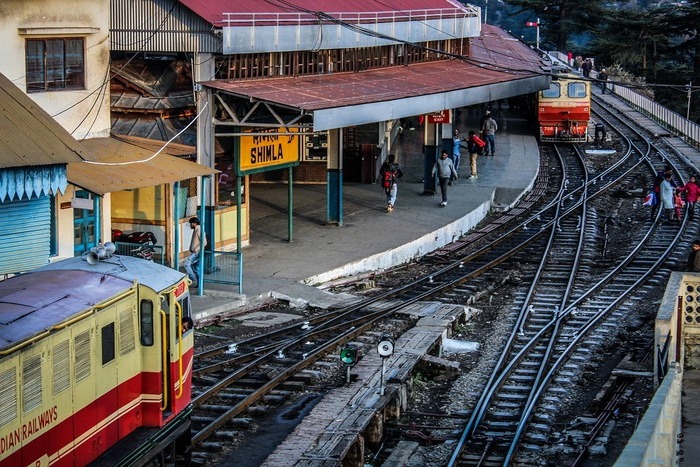Noise pollution from trains has been impacting all railway-adjacent urban slums in Delhi. The levels have surpassed Central Pollution Control Board (CPCB) norms — and in some cases, exceeding limits by as much as 85%, says a new study, Indian Express reported.
The study conducted by the Delhi Technological University (DTU) in collaboration with the CSIR-Central Road Research Institute, monitored 1,057 train pass-by events across 14 sites.
“This is a public health emergency brewing in Delhi’s most marginalised communities,” said Rajeev Mishra, associate professor at DTU’s Department of Environmental Science and Engineering, who led the research team.
The research finds freight trains as the biggest contributors, producing average noise levels of 100.1 decibels, which is nearly double the CPCB’s residential limit of 55 decibels. Electric express trains recorded the lowest average levels at 91.8 decibels.
Patel Nagar Railway Station (PTNR) recorded the highest levels at 120 decibels, comparable to standing next to a chainsaw, the study noted.
Bengal Govt to Frame Oil Spill Disaster Plan to Prevent Pollution from Shipping Containers
The West Bengal Government is preparing to frame an “Oil Spill Disaster Plan” to prevent severe water pollution in the event of accidents involving oil shipping containers, reported PTI. The state is also planning to take strict action against illegal sand and stone mining.
The state government had previously taken action to curb such illegal activities, which had decreased over time. But recently, these activities have once again resurfaced.
Pollution Board Fines Sewage Treatment Plants Nearly ₹3 crore for Polluting Himachal Rivers
The State Pollution board imposed a fine of ₹2.82 crore on 12 state-run sewage treatment plants for polluting Himachal rivers, reported Times of India. The board said that these treatment plants were run by Jal Shakti Vibhag, Shimla Jal Prabhandhan Nigam Limited, and Bhakra Beas Management Board.
NGT has also asked the state government to disclose the status of the sewerage network to cater to the STPs in the state.
North India’s cities cleaner compared to rural areas, trending reverse in south India
A new study found that aerosol pollution in north Indian cities is lower than compared to their surrounding villages, while the pattern is reversed in south India — city air is more polluted than nearby rural areas. These patterns arise when the cityscape interacts with climatic processes in the broader landscape of its location, influencing the dispersion of pollutants, the study noted, while calling for a regional perspective for monitoring and mitigating air pollution.The outlet explained that cities are usually warmer than their surroundings due to urban heat island effects. “This occurs when green cover decreases, built-up structures increase, and greenhouse gases are more widespread in cities compared to rural areas”. “Similarly, air pollutants can get trapped over cities, resulting in urban pollution islands. Aerosols or particulate matter (PM) consist of suspended solid or liquid particles of diverse origins and are classified based on their particle size, the report said. They enter our bodies when we breathe, posing a significant health risk in densely populated urban areas that may be enveloped by pollution domes, the report said.
About The Author
You may also like
Parents, Activists Protests at India Gate as Air Turns Toxic
Top court allows ‘green firecrackers’ in Delhi on Diwali with conditions
CPCB should help industry meet green norms: Environment Minister
Delhi residents losing over 8 yrs of life due to polluted air
Environment ministry notifies rules for management of contaminated sites

